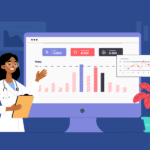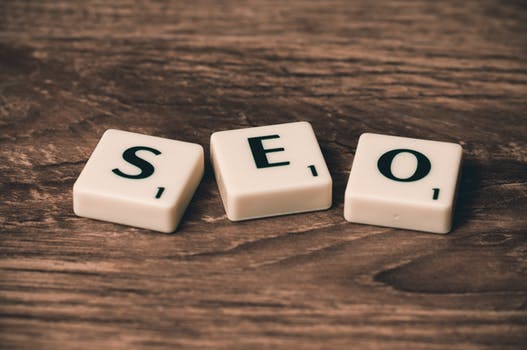
If you run an online business, you know how challenging it is to keep up with the ever-changing world of search engine optimization. Algorithm changes by Google and Bing kept marketers on their toes in 2018 but the year 2022 is likely to bring even more change. These changes have made on-page optimization more important than ever.
Meta title tags
Meta title tags are an important part of your website. They define what your page will look like on search engine results pages (SERPs). They should be catchy and compelling to encourage people to click on your content. The best titles blend context and clarity and don’t overdo keywords.
Use the right keyword phrase to describe your page. This should be a combination of words that people would most likely search for. This helps Google better understand what your page is about. A good meta description is under 160 characters. It is also essential to match your meta description to the content of the page.
Titles that use your brand name have more conversions than non-branded tags. In fact, first-place titles with a brand name had a 35% higher conversion rate than non-branded entries. This indicates that consumers are more likely to purchase something from a company that has goodwill. In addition, the higher the SERP position, the higher the click-through rate of a title tag.
Meta description
A meta description is an important part of your site’s SEO. It should contain your keyword(s) and describe the benefits of your page to potential users. When writing your meta description, be sure to use natural language. Search engines aren’t as intelligent as humans, so try to speak to your customers and readers. For example, if you’re doing SEO as a form of electrician advertising you’ll want to cater your content to homeowners.
Your meta description should be optimized for both desktop and mobile devices. You need to remember that different platforms attract different types of users. That’s why you need to tailor the text to your website’s unique features. Also, keep in mind that the meta description must follow certain character limits while maintaining proper branding and tone of voice.
The meta description helps users find what they are looking for faster. It is often the deciding factor when it comes to whether or not to click on a link. In addition, it can boost your website’s CTR (click-through rate) from SERPs.
Image alt text
There are many advantages to optimizing your images. Not only do you increase traffic, but you can also improve the user experience. Not only that, but image search results can also help improve your site’s rankings. SEO is a huge part of any digital marketing strategy so be sure to optimize an image for visibility and make sure to include the correct alt text.
To optimize your image alt text, use natural language. Google’s NLP algorithm is good at recognizing the semantic relationship between words. If your alt text is related to your target keyword, it will appear naturally in Google’s index. It’s also a great way to add content to your page.
Use descriptive and relevant keywords in your alt text. It’s important to be specific when using image alt text because you don’t want your visitors to miss any important information. Remember, Google’s primary concern is the user experience, so try to be as descriptive as possible without keyword stuffing.
Internal links
Internal links can be an effective way to increase the ranking potential of your website. They pass link value from one page to another and improve both the UX and SEO of your site. Google deems pages with more links to be more important, which in turn helps increase your page ranking potential. However, there are a number of factors that should be considered when building an internal linking strategy.
Contextual internal links are generally placed within the main body content of a web page and point to related pages. Ideally, these links are prominent, clickable, and intuitive. When internal links are well-constructed, they demonstrate the relevance between pages and can pass PageRank, depending on the source page’s authority. For this reason, it’s important to understand the functions of these links.
Domain authority
Domain authority is a measure of the authority of a website and can help you determine where your site will appear in search results. It ranges from one to 100, with higher numbers implying higher ranking potential. Several companies, including Ahrefs, Majestic, and Moz, have developed algorithms that use this score to determine a website’s authority.
Building a network of high-quality backlinks is an excellent way to improve your domain authority. You can also build relationships with other websites by participating in regular backlink exchanges. These link exchanges can help you increase your Domain Authority and increase your traffic.
Meta Description: If you run a business, you know how challenging it is to keep up with the ever-changing world of search engine optimization. Algorithm changes by Google and Bing kept marketers on their toes.









